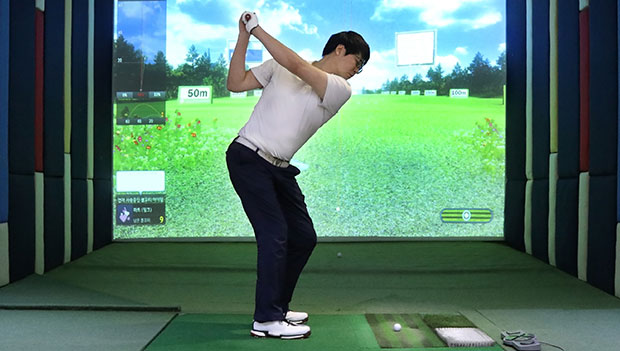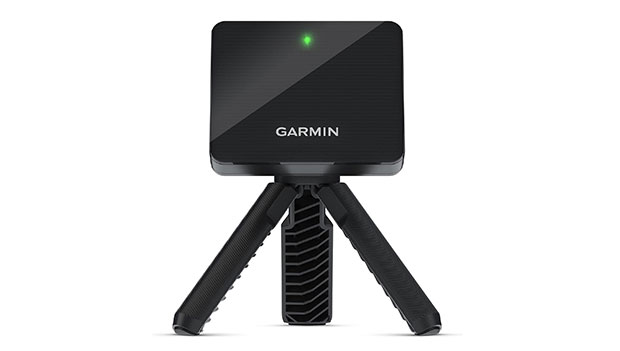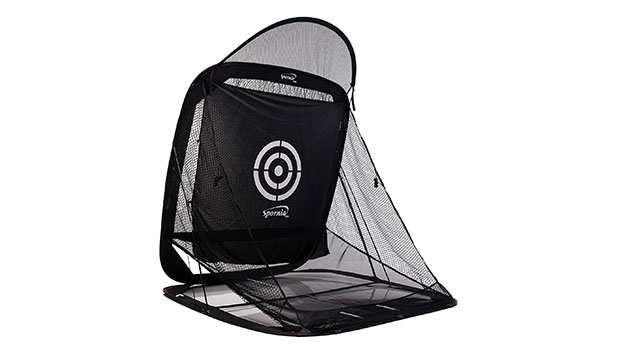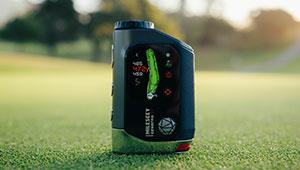
Golf enthusiasts, listen up! If you've ever dreamed of practicing your swing from the comfort of your own home, an at-home golf simulator might be the perfect addition to your space. But before you dive in, it's essential to understand the various components involved and their associated costs. In this article, we'll break down the expenses associated with each section of setting up an at-home golf simulator, helping you plan your budget effectively.
The allure of an at-home golf simulator lies in the convenience it offers for practicing your swing and playing rounds of golf without leaving home. However, the costs can vary significantly depending on the quality and features you desire. Let's explore the key components and their respective price ranges to help you make an informed decision.
A great tool to help you get started, not only to help you get an idea of what your over all cost will be, but this tool will also customize your golf simulator to fit your space. Check out Carl’s Place for one of the best ways to build your own setup. I know this is on my list to do!
Golf Launch Monitor

Cost Range: $300 - $25,000+
- Entry-Level Monitors: Affordable options like the Garmin R10 Launch Monitor or the Rapsodo Mobile Launch Monitor can be found for around $300 to $500.
- Mid-Range Monitors: Monitors like the SkyTrak+, offering more advanced features, typically cost between $2,000 to $5,000.
- Professional-Grade Monitors: High-end options such as the TrackMan or Foresight GCQuad can range from $10,000 to $25,000 or more.
Golf Simulator Software
Cost Range: $0 - $3,000+
- Basic Software: Some software options like OptiShot offer free versions with limited features. Also your launch monitor generally also comes with some basic software like the Garmin Golf app that pairs with the Garmin R10. More advanced software like TruGolf or E6 Connect can range from $300 to $3,000.
Projector and Screen
Cost Range: $1,000 - $5,000+
- Projector: Decent projectors for golf simulation typically range from $500 to $2,000.
- Screen: A good-quality screen can cost anywhere from $500 to $3,000.
Hitting Mat
Cost Range: $100 - $500+
- Basic Mat: Entry-level mats can be found for around $100 to $200. Also inquire at your local driving range, as they may be able to sell you a second hand hitting mat.
- Quality Mat: High-quality mats with better shock absorption can cost between $300 to $500.
Netting or Enclosure

Cost Range: $300 - $5,000+
- Netting: Netting systems range from $300 to $1,000 for basic options. My personal favorite and the one I am currently using, the Spornia Spg-7. Easy setup and take down! - Full Enclosure: A complete enclosure can cost anywhere from $1,000 to $5,000 or more, depending on the size and features. If you are leaning this direction, I recommend you check out Carl’s Place.
Room Space and Accessories
Cost Range: Varies
- Room Space: The cost of dedicating space in your home or garage is subjective, as it depends on available square footage and ceiling height.
- Accessories: Additional items like golf tees, seating, and audio-visual equipment can vary in cost based on personal preferences.
Conclusion
Setting up an at-home golf simulator can be a rewarding investment in your golf game and overall enjoyment. However, the total cost can vary greatly depending on your choices. It's essential to prioritize components that align with your budget and specific needs. Whether you opt for a budget-friendly setup or invest in high-end equipment, the key is to create a space that enhances your golf experience and helps you improve your game from the comfort of home. Happy swinging!
Click Here For The Latest Deals in Golf From Amazon
By clicking on the product links in this article, we may receive a commission fee at no cost to you, the reader. Sponsorships and affiliate commissions help support our research so we can help you find the best products. Read full affiliate disclosure here.
Why Trust Us?
ACTIVE.com's editorial team relies on the knowledge and experience of fitness and wellness experts including competitive athletes, coaches, physical therapists, nutritionists, and certified trainers. This helps us ensure the products we feature are of the highest standard. Collectively, the team has spent countless hours researching equipment, gear, and recovery tools in order to create the most accurate, authentic content for our readers. Customer satisfaction is also a key part of our review process, which is why we only feature products that are highly rated.



Discuss This Article